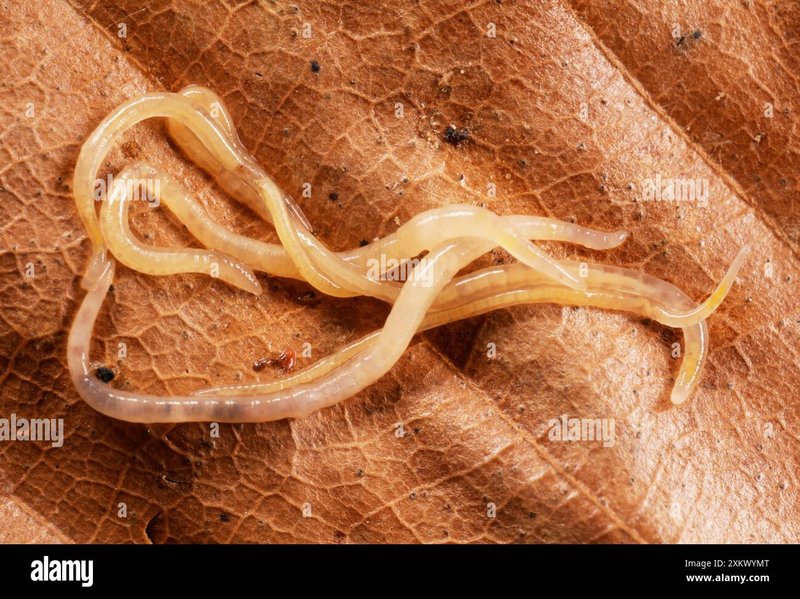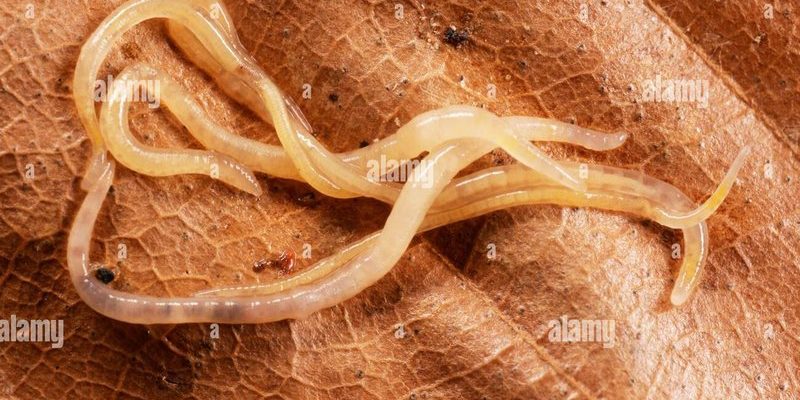
Enchytraeids are more than just soil-dwelling worms; they play a crucial role in the ecosystem. They help break down organic matter and improve soil health, making them essential for plant growth. In this article, we’ll discuss how their behavior changes throughout the seasons, what triggers these changes, and why studying them is important for understanding our environment better.
Understanding Enchytraeids
Enchytraeids, often called compost worms, belong to a family of worms known as Oligochaeta. Unlike their more famous cousins, the earthworms, they are usually smaller and have a more slender body. You might be thinking, “What’s the big deal about these tiny worms?” Well, here’s the thing: they contribute significantly to soil fertility. By feeding on decaying plant matter, they help break it down into nutrients that plants can use.
You can find enchytraeids in various habitats, from forests to grasslands and even in your backyard compost heap. They thrive in moist environments, so they’re often more numerous in areas with high organic content. The cool part is that their population size—and behavior—changes with the seasons. This adaptability is part of what makes them interesting to study.
Seasonal Changes in Activity
When spring rolls around, enchytraeids often become more active. Warmer temperatures and increased moisture are like a wake-up call for them. During this time, they engage in reproduction and feeding more than usual. Picture this: after a long winter hibernation, they emerge to munch on all the new plant growth.
As summer approaches and the temperature rises, you might expect their activity to skyrocket even more. However, they might find it challenging to cope with heat and dry conditions. In many regions, they adapt by burrowing deeper into the soil, where the temperature is cooler and moisture is more stable. It’s as if they’re retreating to their air-conditioned den!
Fall: A Time for Preparation
In the fall, something interesting happens. Enchytraeids begin to prepare for the colder months ahead. They start to slow down their activity and reduce reproduction. Why? Because just like how we might stock up on cozy blankets and hot cocoa, these worms go into a more dormant state to survive harsher conditions.
During this time, they may also begin to consume different types of organic matter, focusing on decomposing leaves and other plant debris that accumulate as the weather cools. It’s their way of getting all the nutrients they need before winter sets in. What’s fascinating is that even in this slower state, they continue to contribute to the soil ecosystem.
Winter Dormancy
When winter arrives, the soil temperature drops, and enchytraeids enter a state known as dormancy. In this phase, they can be incredibly resilient. They might be physically inactive, but they’re not entirely gone. Instead, they slow down all their metabolic processes, preparing to weather the cold until spring returns.
Interestingly, studies have shown that even in dormancy, some enchytraeids can withstand freezing temperatures. They can enter a kind of hibernation, using their fat reserves to survive until favorable conditions come back. Think of it like how some animals hibernate: they wait for warmer weather to wake up and start their busy lives again.
Field Studies and Methodologies
Field studies aimed at observing the seasonal behavior patterns of enchytraeids often focus on various methodologies to collect data. Researchers typically use soil cores to gather samples from different environments throughout the year. This process allows them to analyze the population sizes and behaviors of these worms in relation to changing seasons.
Researchers might also implement temperature and moisture sensors in their study areas. By tracking these environmental factors, they gain valuable insights into how enchytraeids respond to different conditions. The combination of these methods helps paint a fuller picture of their lifecycle and adaptations.
The Importance of Studying Enchytraeids
You might be wondering why all this matters. Understanding the seasonal behavior patterns of enchytraeids isn’t just about curiosity; it has broader implications for our ecosystems. As vital decomposers, they play a significant role in nutrient cycling. If their populations decline, it could negatively affect soil health and, in turn, plant growth.
Moreover, studying these worms can offer insights into how climate change impacts soil ecosystems. If they’re responding to temperature and moisture variations, it suggests how other soil organisms might react. Researchers can use this information to predict shifts in ecosystems and develop strategies for conservation.
In conclusion, enchytraeids might be small, but their seasonal behavior patterns reveal a lot about the health of our ecosystems. From their springtime awakenings to their winter dormancy, these worms adapt remarkably to their surroundings. By studying them, we not only gain a deeper understanding of these soil-dwelling creatures but also learn how to protect the environments they help sustain.
So, next time you dig into your garden or use compost, remember the tiny enchytraeids working tirelessly beneath the surface. They might be out of sight, but their impact on soil health and fertility is undeniable, marking them as true heroes of the ecosystem.

